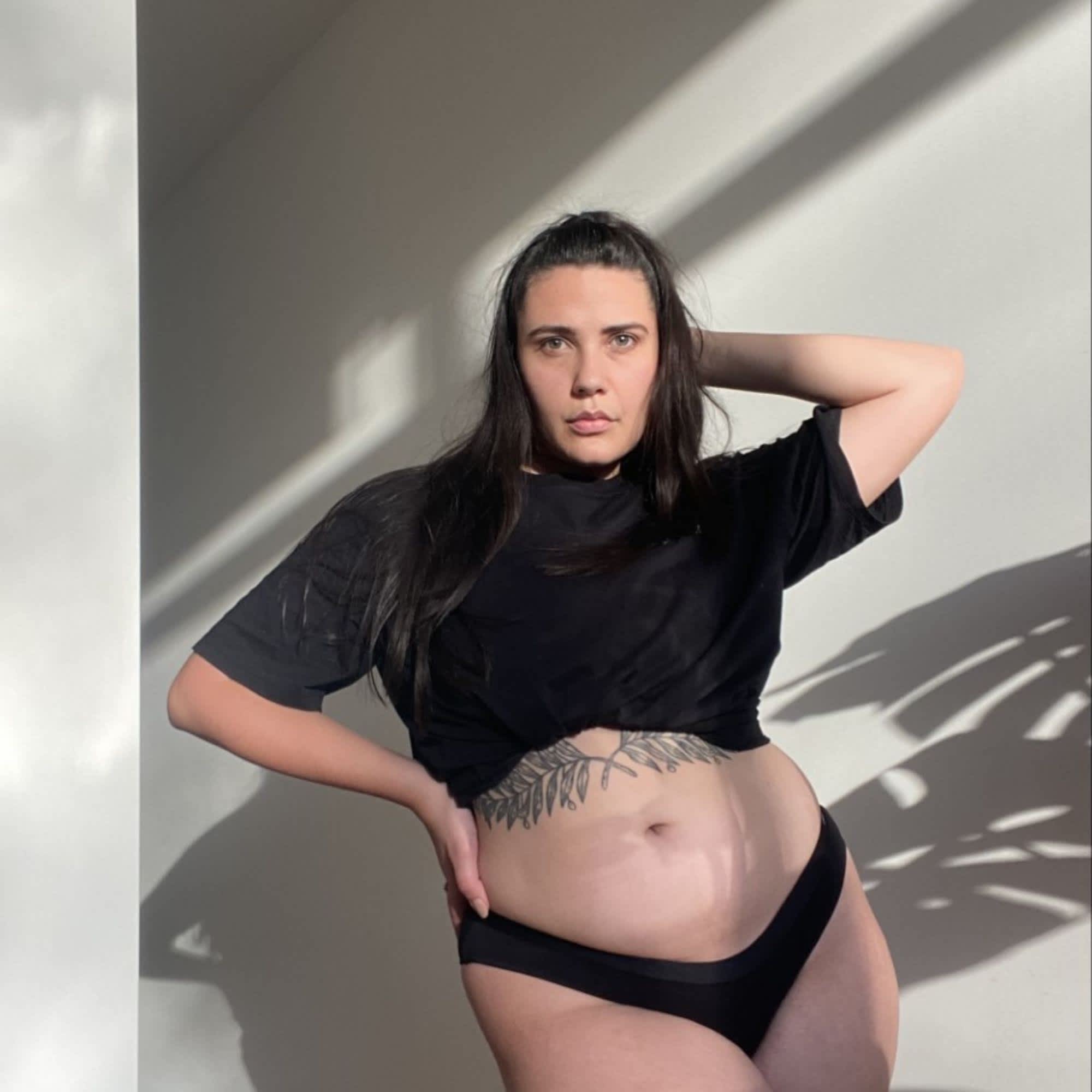
- POPSUGAR Australia
- Fitness
- The Ins and Outs of Period Product Maintenance, From Cups to Undies
The Ins and Outs of Period Product Maintenance, From Cups to Undies

Welcome to POPSUGAR Uninhibited, a space where anyone with a period can come for advice, recommendations and support. Here, we’ll tackle topics like PMS, sustainability, post-partum periods and bring you first-person experiences in our period diaries. We also want to raise awareness around period poverty, with the aim to ignite change with the help of our launch partner Modibodi and charity partner Share the Dignity. You can find all of the stories here.
The period product options have increased in recent years, welcoming in more eco-friendly ways to deal with your period. While pads and tampons are still necessary, the invention of menstrual cups and period undies has allowed people to branch out with their product choices and find what works best for them.
Given the sensitive nature of the vulva and vagina, and the bacteria present in this area, you have to be diligent about changing and cleaning your period products regularly. There’s a lot to remember, with each product having a different set of specifications, so below, we’ve compiled everything you need to know about the maintenance of your period products.
Period Undies
Period undies are a great eco-friendly option and can be used on their own, or in conjunction with period cups or tampons. These moisture-wicking and absorbent undies offer leak-proof protection that is also breathable. And, the different underwear styles (from g-string to high-waisted) means that the undies won’t interfere with your wardrobe choices.
It’s important to properly clean and maintain your period undies so they are comfortable to use and you can wear them again and again. After use, rinse your undies in cold water until the water runs clear — there’s no need to soak the undies, a quick rinse will do.
Then, pop your period undies into the washing machine and put them on a cold wash. When it’s finished, hang your undies on the line to dry. Go easy on fabric softener when washing period undies, as it can affect the effectiveness of the product.
Tampons
Tampons are one of the most popular period products as they are a discreet way to handle your period thanks to their compact size. But, these products come with their own guidelines that need to be followed, including the length of time you use a tampon.
According to Healthline, most experts recommend leaving a tampon for four to six hours (with eight hours the maximum) before removing it as this decreases your risk of developing an infection. Tampons that are left for long periods of time increase the risk of bacteria developing and producing toxins that can enter your bloodstream through the uterus or vaginal lining.
This can turn into a potentially life-threatening bacterial infection called toxic shock syndrome (TSS), which is estimated to affect one in every 100,000 menstruating people each year. The symptoms of TSS include low blood pressure, nausea, vomiting, diarrhea, fever and a sunburn-like rash.
The worrying part of TSS is that it’s associated with issues like kidney or liver failure, heart failure and respiratory distress syndrome. So, it’s not worth messing around with tampons and best to change them regularly.
Menstrual Cups
Made from silicone or rubber, menstrual cups are flexible funnel-like devices that are inserted into the vagina to catch your period blood. Like period undies, menstrual cups can be reused time and time again, you simply need to clean the product regularly and it’s good to go.
Each menstrual cup brand will have its own cleaning instructions but it’s recommended that you empty the cup twice a day, leaving the device in for no longer than 12 hours. When you empty the cup during the day, make sure to give it a rinse before reinserting it.
After a full day of wearing, it’s best to give the cup a once-over with a fragrance-free cleanser to sanitise the product. Then, at the end of your cycle, you’ll need to give it a thorough clean by boiling the cup for up to 20 minutes — each brand will have specific instructions on the length of time and the best way to do this. Otherwise, you can also buy a purpose-built steriliser that is designed to clean menstrual cups.
Pads
Sanitary pads are worn externally in the underwear and are made from absorbent material to collect period fluid. While pads are single-use, they are often the easiest option for period care. There’s not a whole lot to know about pads other than how often you should be changing them.
Depending on your flow, you should be swapping out your pads every four to six hours. If you’re wearing them overnight, opt for nighttime-specific pads that hold more fluid so you can rest without worrying about leaks. Changing pads regularly also helps reduce the chance of period smell developing due to the mixture of blood and bacteria.


